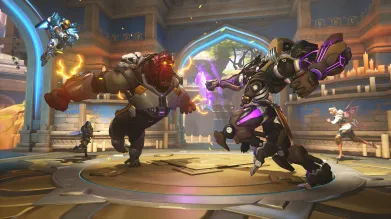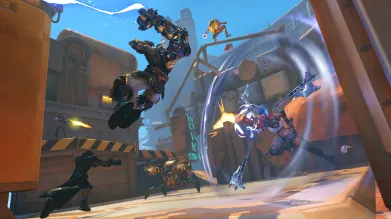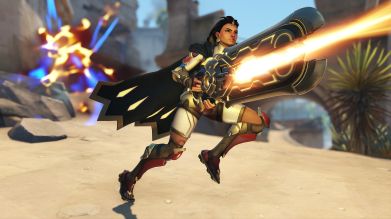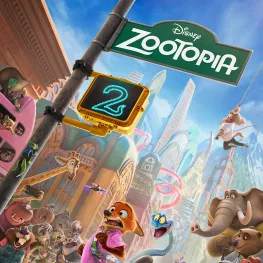Riding on the wave of the globally successful Overwatch, Blizzard Entertainment has now brought Overwatch 2, setting the gaming community abuzz with anticipation and numerous speculations. The sequel, rather than existing independently, completely supplants the original Overwatch. This dramatic shift prompts questions - Is Overwatch 2 a proper sequel or a mere mutation of its predecessor? After rigorous hands-on experience, it emerges that while Overwatch 2 might not exactly reinvent the wheel, it certainly carries enough tweaks and new elements to set it apart and stand as its own unique vision.
Revisiting Familiar Grounds - Breaking Down Overwatch 2's Gameplay and New Elements
Overwatch 2 primarily builds on the high-octane, collaborative hero shooter framework that garnered immense praise for the original game. The character diversity across the 35 heroes - each with a distinct control feel and unique charm - is both engaging and satisfactory. The thrill of the battle feels familiar yet fresh, especially with the improved weaponry sounds and intensified graphics.
One of the biggest changes seen in Overwatch 2 is the move from 6v6 to a smaller 5v5 format, representing a significant shift in gameplay dynamics. While it undoubtedly refreshes the game scenario, it understandably alters the team-play satisfaction that Overwatch was known for. The new team composition must now include two damage, two support, and one tank character - shaking up the conventional gameplay strategy.
The move to allow for only one tank player at a time imposes a certain pressure on this player to strike a balance between offensive tactics and defensive protection of objectives. This might lead to certain characters, such as Reinhardt, being more frequently selected due to their more versatile abilities.
Gamer Impressions of Overwatch 2 - A Glance Behind the Curtain
While critics and fans may debate Overwatch 2's status as a sequel, the gaming community has largely greeted the game with a mix of excitement and skepticism. Gamers welcome the refreshed graphics and the initiative to rejuvenate the previously static metagame of Overwatch. However, they voice apprehensions about the transition to 5v5 gameplay and its potential effects on team strategies and interactions.
Many have praised the RPG-style strategy and combat elements, lauding them as a welcome change. On the flipside, the shift to exclusively 5v5 matches, which eliminate one tank from each team, has raised worries about the potential impact on gameplay balance.
Despite the debate, what is clear is that Overwatch 2, free-to-play and packed full of promise, carves out its path, reaffirming Blizzard's commitment to keeping the Overwatch franchise alive and evolving. As hands across the globe take up their controllers to explore this sequel, it is definitely more than a mere duplicate of its predecessor - it's a deep-dive into an evolved Overwatch universe.
Pros
- Enhanced graphics with detailed environments and character models
- Refined 5v5 gameplay, offering a more strategic and impactful experience
- Engaging PvE content that explores the game's lore
- Steady release of new content, maintaining game freshness
- Improved social features promoting a stronger community connection.
Cons
- Some veteran players may not appreciate the change in team dynamics.


















